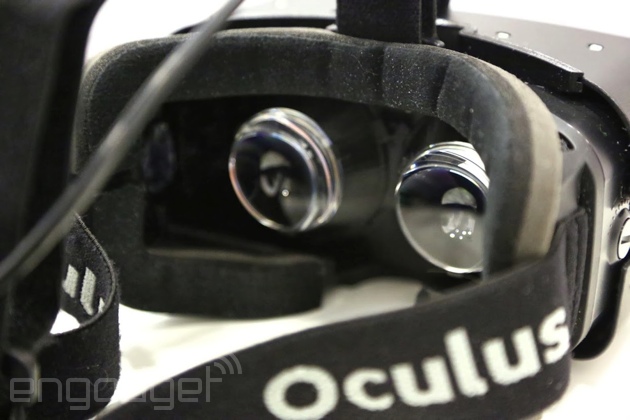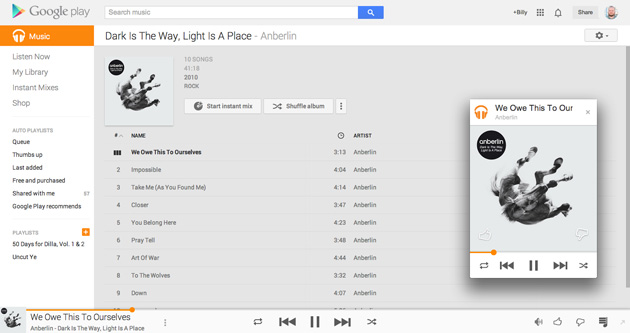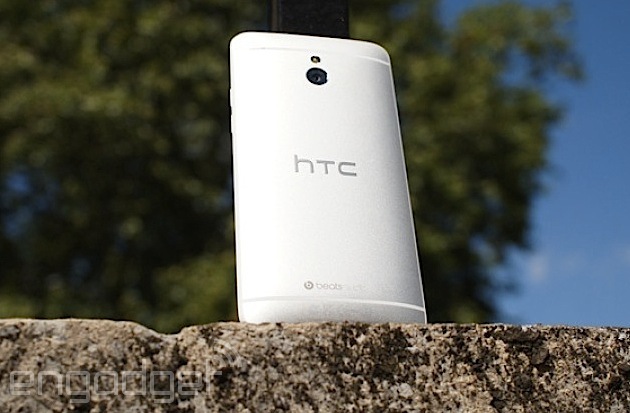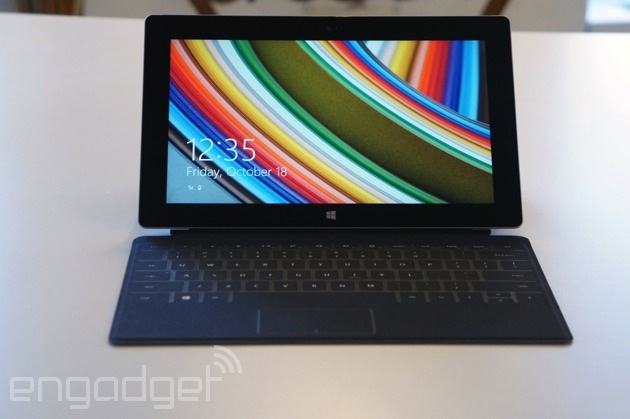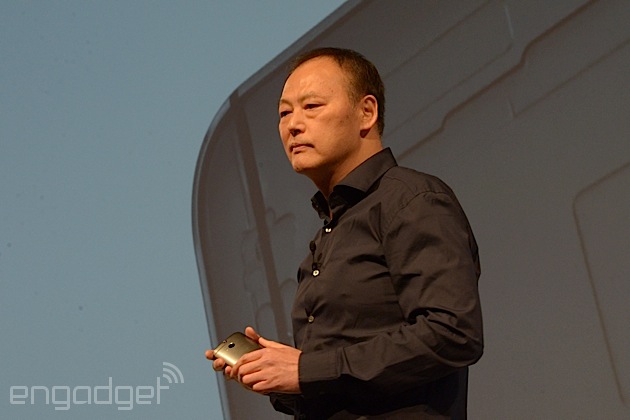Led by CEO Peter Chou, HTC has developed a reputation for making
phones that are just as visually appealing as they are functional. The
company's latest flagship device, the
One (M8), is another in a long lineup of beautifully crafted smartphones, and we had a chance to sit down with Chou to discuss
the handset
and some of the process behind how it came to be. "Our challenge was
how do we break through from M7 to M8?" Chou told us. "I decided last
year that I'm going to spend most of my time in product to help break
through. Make it premium, like watches or jewelry. We want to stand
out."
Chou was definitely deeply invested in the success of the M8, and was
directly involved in its development -- he lost 5kg testing out the
Fitbit integration, and even spent several weeks walking around with an
M8-shaped block of wood in his pocket. "I tried to simulate when I take
it out, how it feels when I put it on my ear, and when I talk." In other
words, Chou wanted to see it through the lens of any other consumer.
During this process, he provided feedback to his design team on which
areas needed to be tweaked. "We were working back and forth on
fine-tuning it; 'I don't like this curve, I want it to be more natural
in the hands, I want this completely metal, completely pure.'"
Chou has a background in product management, so it's no surprise that
he doesn't simply sit back and let the design team do all the heavy
lifting. "I give them direction, what we want to achieve. They go think
about that and then we start the process." He says that HTC goes through
roughly 30-50 prototypes before finally settling on the final version;
with each iteration, the team changed things like the shape, color,
finish and battery shape and size.
Additionally, Chou told us that the process of developing the Duo
Camera took HTC around 18 months. For a little more context, we spoke
with Tim McDonough, VP of Marketing at Qualcomm, who said that the
chipset manufacturer began collaborating with HTC very early on.
Qualcomm needed to build several new features into its roadmap to ensure
that it could keep up with the M8's hefty imaging requirements.
According to McDonough, there were a lot of challenges in making sure
the
Snapdragon 801
could handle the load of the new One's complex post-processing
features; he confirmed to us that the dual ISPs inside the 801 are 45
percent faster than the Snapdragon 800, which is a huge performance
boost that opens the door for even more imaging possibilities down the
road (whether from HTC or other manufacturers).
On a final note, Chou once again emphasized that premium watches and
jewelry were behind the inspiration for the M8. Given what we've seen,
it certainly appears that the company dedicated plenty of time and
energy to making that happen. Of course, such a statement only makes us
even more curious to see if Chou & Co. use the same model of
inspiration for HTC's
upcoming smartwatch;
unfortunately, if he has a block of wood strapped to his wrist right
now, he's doing a good job keeping it hidden. Regardless, take a look at
the full interview above to hear more about how Peter Chou's vision has
taken a major role in the design of HTC's products.
Edgar Alvarez contributed to this report.
